People are aware of Cancer, most especially breast cancer, lung cancer, prostate cancer. We all know how deadly all these forms of cancer can be. But, One type of harmful disease often overlook is stomach cancer, although is not as common to the ones listed above, yet stomach cancer is still prominent.
Cancer is said to be the second leading cause of death in the world. The statistic reveals that 8.9 million people have estimated to have died of various forms of cancer in 2016, and death by cancer-related cases in this year is 1.16 million and still counting ( data from WHO).
Cancer starts when cells in the body begin to grow out of control and crowd out the normal cell. There are many forms of cancer, but in this article, I will be examining stomach cancer otherwise known as gastric cancer.
What is Stomach Cancer?
Stomach cancer also called gastric cancer is a type of cancer that is formed in the lining of the stomach. To better understand how stomach cancer develops, let's examine stomach functions and structure.
The stomach
The stomach is located at the upper abdomen, it lies in the region of epigastric and umbilical, mostly protected by a lower portion of the rib cage. It is a muscular organ that holds food and starts to digest food by secreting gastric juice, the mixture food and gastric juice is emptied in the duodenum(The first part of small intestine).
.jpg)
Quick Overview of Anatomical Structure of the stomach.
The stomach has four basic regions:
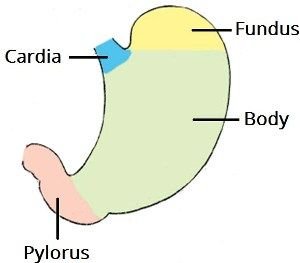
Cardia: It surrounds the superior opening of the stomach
Fundus: It is the rounded portion superior to and left of the cardia.
Body: It is the large central portion inferior to the fundus.
Pylorus: This connects the stomach to the duodenum.
The medial and lateral borders of the stomach are curved, forming the lesser and greater curvatures.
Section of Human Stomach
The stomach lies between the oesophagus and the duodenum, the top of the stomach lies against the diaphragm. Lying behind the stomach is pancreas
Description of stomach wall Layer
The stomach has about 15 layers. In this article, I will mention the 15 layers and briefly explain 5 out of them. Explaining all the layers is beyond the scope of this article.
Serosa
It is the outermost layer of the stomach that girds the muscular. It has a smooth and slippery surface. It secretes a watery fluid, the serous fluid, to keep itself wet. When the stomach is doing its job of churning the food, the smooth and wet surface of serosa serves to protect the organ against friction.
Tela Subserosa
As the very name implies, the subserosa is a layer of connective tissue beneath the serosa.
Muscular
Muscular is a unique layer of the stomach wall. It lies nearest to the submucosa. The major role of this layer is to produce the wave-like movements, called peristalsis.
Oblique Fibers of Muscle Wall
The oblique fibres of muscle wall form one of the three layers of muscles in the stomach wall. The other two layers are those of inner circular rings and the outer longitudinal muscles.
The following are other stomach layers:
Circular Muscle Layer
Longitudinal Muscle Layer
Submucosa
Lamina Muscularis Mucosae
Mucosa
Lamina Propria
Epithelium
Gastric Glands
Gastric Pits
Villi or Gastric Folds
Gastric Areas (Gastric Surface)
Overview of stomach Functions/Roles.
Food Digestion:
Stomach carries out both physical and chemical food digestion. The periodical muscular contraction and relation, result in physical digestion of food. The chemical digestion occurs when The enzymes secreted by glands in the walls of stomach help in the chemical breakdown of dietary substances.
Hormonal secretion:
Our stomach has something to do with the secretion of hormones. The hormones secreted by the stomach are called gastric hormones.
Gastrin is the principal hormone that the gastric epithelium of the stomach secretes.The role of gastrin is to aid the secretion of gastric acid into the stomach lumen. At the same time, it also performs a role in the proliferation of gastric epithelium.
Undigested Food storage:
The function of the stomach is not only to digest the food but it also serves as the storage of food. How long does food stay in the stomach? Depends on multiple factors. These factors include the composition of the meal, physiological stress, gender, reproductive status, and so on.
Moreover, all the contents of the stomach are not emptied in the single phase. The stomach empties its 50% contents in 2.5 to 3 hours. The complete emptying of the stomach may take up to 5 hours.
I understand the fact that, there are other functions of the stomach, but for the purpose of discussion. I will stop at this 3 points.
How does stomach cancer develop?
Detecting stomach cancer early is sometimes difficult, as the signs and symptoms are very similar to that of many other diseases, particularly diseases or disorders of the gastrointestinal tract. These symptoms include a loss of appetite, heartburn, persistent indigestion, nausea and vomiting, feeling bloated after eating, a sudden change in your bowel movement routine, unexplained weight loss, and feeling very tired.
Causes of stomach cancer.
The causes of stomach cancer are often related to, but not limited to, diet, lifestyle, and age. Men are more likely than women to develop stomach cancer, as are those who are older than 50 years of age, smokers, individuals with a family history of stomach cancer, and those who have experienced stomach inflammation or infection.
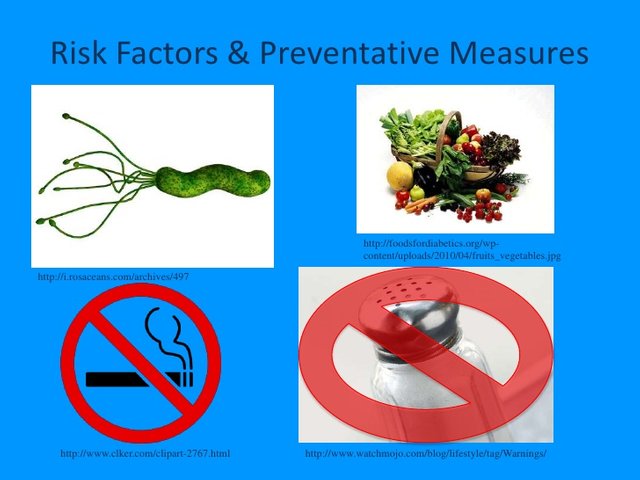
The risk factors:
The main risk factors for gastroesophageal junction cancer are a history of GERD and obesity.
Factors that increase risk of stomach cancer or gastric cancer are as follows;
A diet high in salty and smoked foods diet low in fruits and vegetable setting foods contaminated with a fungus called aflatoxinFamily history of stomach cancer Infection with Helicobacter pyloriLong-term stomach inflammationPernicious anemiaSmokingStomach polyps.
Stomach Cancer Warning Signs and symptoms
Persistent indigestion
Bloating
Changes in bowel movement
Nausea and/or vomiting
Unexplained weight loss
Loss of appetite
Fatigue
Heartburn
Kinds of stomach cancers
Lymphoma
These are cancers of the immune system tissue that are sometimes found in the wall of the stomach. The treatment and outlook depend on the type of lymphoma. For more detailed information, see Non-Hodgkin Lymphoma.
A carcinoid tumour
These tumours start in hormone-making cells of the stomach. Most of these tumours do not spread to other organs. These tumours are discussed in more detail in Gastrointestinal Carcinoid Tumors
Gastrointestinal stromal tumour (GIST)
These rare tumours start in very early forms of cells in the wall of the stomach called interstitial cells of Cajal. Some of these tumours are non-cancerous (benign); others are cancerous. Although GISTs can be found anywhere in the digestive tract, most are found in the stomach. For more information, see Gastrointestinal Stromal Tumor (GIST)
Adenocarcinoma
Most (about 90% to 95%) cancers of the stomach are adenocarcinomas. A stomach cancer or gastric cancer almost always is an adenocarcinoma. These cancers develop from the cells that form the innermost lining of the stomach (the mucosa).
Stomach cancer staging.
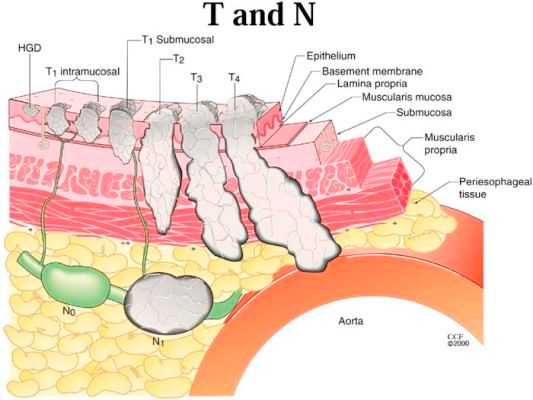
Staging is just a way of describing where the cancer is located if it has spread and affect another part of the body. The doctor carries series of test to examine cancer's stage. The stage of cancer helps a doctor to determine the kind of treatment best for a patient for a better chance of recovery.
Every type of cancer has different stage description. This section covers staging of adenocarcinoma, the most common type of stomach cancer.
TNM Staging System.
This system identifies the stage of cancer. Doctors use the results from diagnostic tests and scans to answer these questions:
Tumor (T): T describes the size of an original tumour and whether it has invaded nearby tissue.
How deeply has a primary tumour spread into the stomach wall?
Node (N): describes nearby (regional) lymph nodes that are involved. Has a tumour spread to the lymph nodes? If so, where and how many?
Metastasis (M): describes distant metastasis (the spread of cancer from one part of the body to another).
Has cancer metastasized to other parts of the body?
The results are combined to determine the stage of cancer for each person. There are 5 stages: stage 0 (zero) and stages I through IV (1 through 4). The stage provides a common way of describing cancer, so doctors can work together to plan the best treatments.
Stage Grouping
The combination of TNM classification is used for grouping the stage of cancer.
Stage 0: This is also called carcinoma in situ. The cancer is found only on the surface of the epithelium. Cancer has not grown into any other layers of the stomach.
Stage IA: cancer has grown into the inner layer of the wall of the stomach. It has not spread to any lymph nodes.
Stage IB: cancer has grown into the inner layers of the wall of the stomach. It has spread to 1 to 2 lymph nodes but not elsewhere. Or cancer has grown into the outer muscular layers of the wall of the stomach. It has not spread to the lymph nodes.
Stage IIA: cancer has grown through all of the layers of the muscle into the connective tissue outside the stomach. It has not grown into the peritoneal lining or serosa or spread to any lymph nodes or surrounding organs.
Stage IIB: cancer has grown through all of the layers of the muscle into the connective tissue outside the stomach. It has grown into the peritoneal lining or serosa, but it has not spread to any lymph nodes or surrounding organs.
Stage IIIA: cancer has grown into the outer muscular layers of the stomach wall. It has spread to 7 or more lymph nodes but not to another organ.
Stage IIIB:
Cancer has grown through all of the layers of the muscle into the connective tissue outside the stomach but has not grown into the peritoneal lining or serosa. It has spread to 7 or more lymph nodes but has not invaded any surrounding organs.
Stage IV: Stage IV stomach cancer describes a cancer of any size that has spread to distant parts of the body in addition to the area around the stomach.
Stomach Cancer Survival Rate.
What are the chances of survival with stomach cancer?
If stomach cancer is diagnosed and treated before it has spread outside stomach the survival rate is high, but If cancer has spread to surrounding tissues or organs and/or the regional lymph nodes, the survival rate is low.
Management of stomach cancer.
management and treatment of stomach cancer depend on several factors, including the type and stage of cancer, possible side effects, and the patient’s preferences and overall health.
Stomach cancer can be treated with surgery, radiation therapy, chemotherapy, targeted therapy, or immunotherapy. Quite Often, a combination of these treatments is used. It can be difficult to cure stomach cancer because it is often not found until it is at an advanced stage.
Cancer care demands the teamwork specialist. Different types of doctors often work together to create a patient’s overall treatment plan that combines different types of treatments. This is called a multidisciplinary team. For stomach cancer, this team may include the following doctors:
Gastroenterologist, a doctor who specializes in the gastrointestinal tract including the stomach and intestines
Surgeon or surgical oncologist, a doctor who specializes in treating cancer using surgery
Medical oncologist, a doctor who specializes in treating cancer with medication
Radiation oncologist, a doctor who specializes in giving radiation therapy to treat cancer
Pathologist
Radiologist, a medical doctor who specializes in using imaging tests to diagnose disease.
If you like this post, please resteem and upvote. Thanks
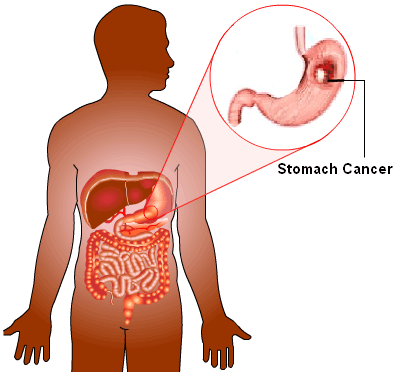
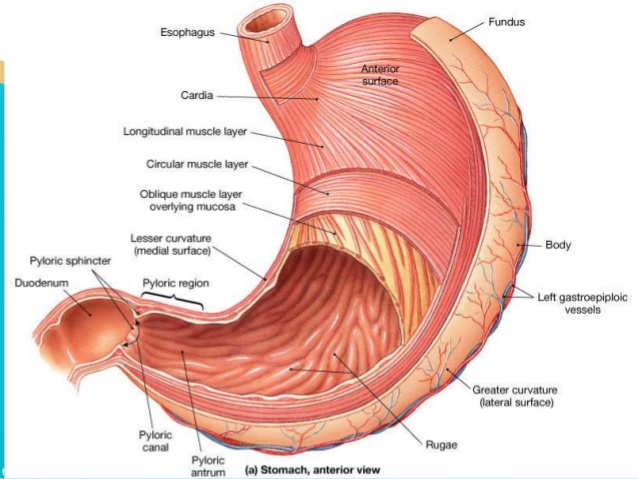
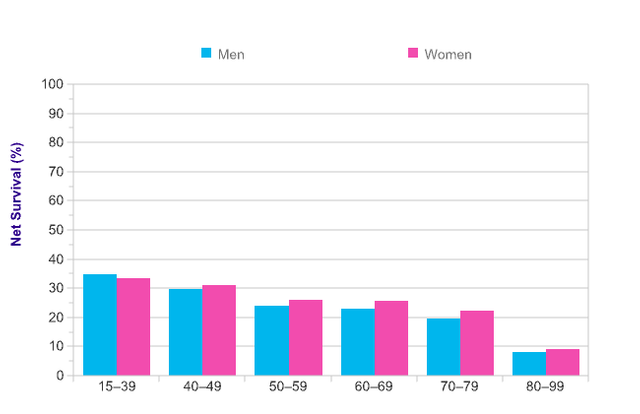
You got a 4.14% upvote from @getboost courtesy of @rhoabel!
Downvoting a post can decrease pending rewards and make it less visible. Common reasons:
Submit